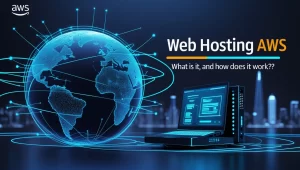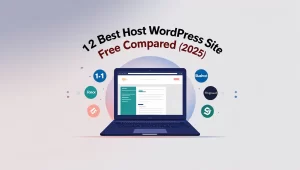Supply Chain Challenges in the Automotive Industry: Navigating Post-Pandemic Resilience – The automotive industry, like many others, has faced unprecedented challenges in its supply chain dynamics, especially in the wake of the global pandemic. As the sector strives to recover and rebuild, understanding and addressing supply chain challenges have become paramount. In this article, we delve into the specific hurdles faced by the automotive supply chain and explore strategies for post-pandemic resilience.

1. Disruptions Amplified by the Pandemic
The COVID-19 pandemic exposed vulnerabilities within the automotive supply chain, magnifying existing challenges and introducing new complexities. Lockdowns, travel restrictions, and workforce shortages disrupted production, leading to significant delays and shortages in the availability of critical components.
2. Semiconductor Shortages: A Critical Bottleneck
One of the most pressing challenges the automotive industry faces post-pandemic is the shortage of semiconductors. These essential components are integral to the functioning of modern vehicles, powering everything from infotainment systems to advanced driver-assistance features. The global semiconductor shortage has led to production slowdowns and increased lead times for automakers.
3. Global Supply Chain Dependencies: A Double-Edged Sword
The automotive industry’s reliance on a global supply chain has proven both advantageous and risky. While it enables access to a diverse range of suppliers and cost-effective manufacturing, it also heightens vulnerability to disruptions such as geopolitical tensions, trade disputes, and natural disasters.
4. Reshoring and Regionalization: Mitigating Risks
Post-pandemic resilience in the automotive supply chain involves reevaluating the balance between globalization and regionalization. Some manufacturers are considering reshoring critical components or diversifying suppliers across different regions to mitigate risks associated with a concentrated supply base.
5. Demand Volatility: Navigating Uncertain Markets

Fluctuations in consumer demand have presented challenges in forecasting and inventory management. The unpredictability of market conditions post-pandemic requires adaptive strategies that allow the automotive supply chain to respond promptly to changes in consumer preferences and economic conditions.
6. Digitalization and Industry 4.0: The Path to Agility
Digital technologies, including Industry 4.0 initiatives, play a pivotal role in enhancing supply chain resilience. Implementing advanced analytics, real-time monitoring, and predictive maintenance can enable proactive decision-making, reduce downtime, and optimize inventory management.
7. Collaborative Supplier Relationships: Building Trust
Developing strong, collaborative relationships with suppliers is crucial for post-pandemic resilience. Open communication, transparency, and a shared commitment to addressing challenges can build trust and foster a more resilient supply chain ecosystem. (Read More : Autonomous Driving Technology: Navigating the Road to Self-Driving Cars)
8. Talent Shortages and Workforce Resilience
The pandemic exacerbated talent shortages within the automotive industry, from skilled labor on the production floor to professionals in supply chain management. Investing in workforce development, training programs, and talent retention initiatives is essential for building a resilient and adaptable workforce.
9. Sustainable and Responsible Supply Chains: A Growing Imperative
The automotive industry is increasingly recognizing the importance of sustainability and responsible sourcing within the supply chain. Post-pandemic resilience involves integrating environmental, social, and governance (ESG) considerations into supply chain practices to meet evolving consumer expectations and regulatory requirements.
10. Scenario Planning and Risk Mitigation: A Strategic Imperative
Post-pandemic resilience requires a shift from reactive to proactive approaches. Adopting robust scenario planning and risk mitigation strategies can help the automotive industry anticipate and navigate potential disruptions, allowing for more agile responses to unforeseen challenges.
Conclusion: A Transformative Journey Towards Resilience
In conclusion, post-pandemic resilience in the automotive industry* demands a comprehensive reevaluation and transformation of supply chain practices. From addressing semiconductor shortages to embracing digitalization and fostering collaborative relationships, the industry is navigating uncharted territory. By learning from the challenges exposed by the pandemic and implementing strategic initiatives, the automotive supply chain can emerge stronger, more adaptive, and better prepared for the uncertainties of the future. The pursuit of resilience is not just a response to the challenges of today but a forward-looking strategy to build a sustainable and robust foundation for the automotive industry in the years to come.
Read More : Digital Transformation in Automotive Retail: Accelerating Online Sales and Virtual Showrooms









2 thoughts on “Supply Chain Challenges in the Automotive Industry: Navigating Post-Pandemic Resilience”
Comments are closed.